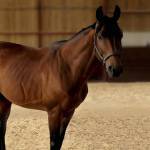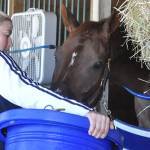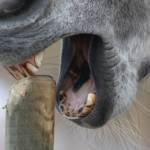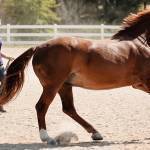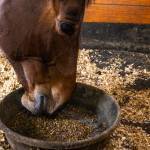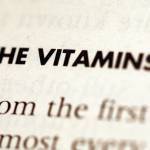Nutrition
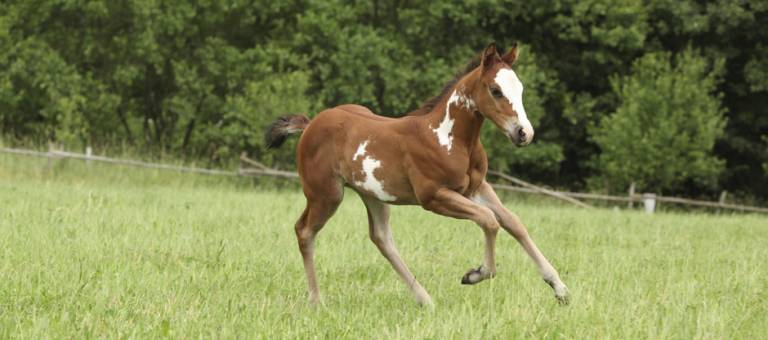
December 16, 2013
Feed Management and Developmental Orthopedic Disease in Horses
The etiology of developmental orthopedic disease is almost certainly multifactorial.

December 11, 2013
Sulfur in Drinking Water for Horses
In some areas of America, water from springs and wells has a discernible rotten-egg smell that indicates the water
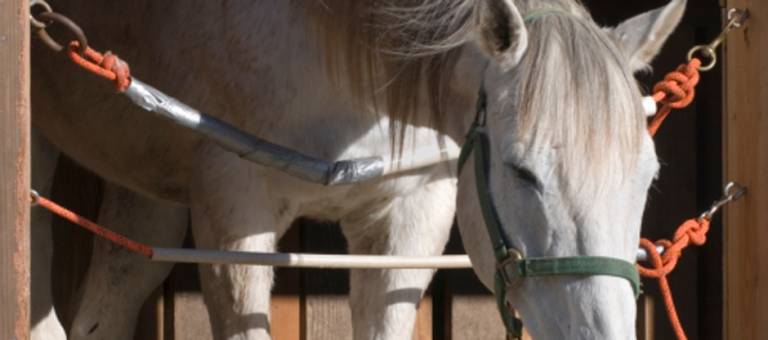
December 09, 2013
Prevent Nutritional Secondary Hyperparathyroidism in Horses
The condition occurs due to a dietary calcium deficiency, excess levels of phosphorus, an inverted calcium-to-phosphorus ratio in the
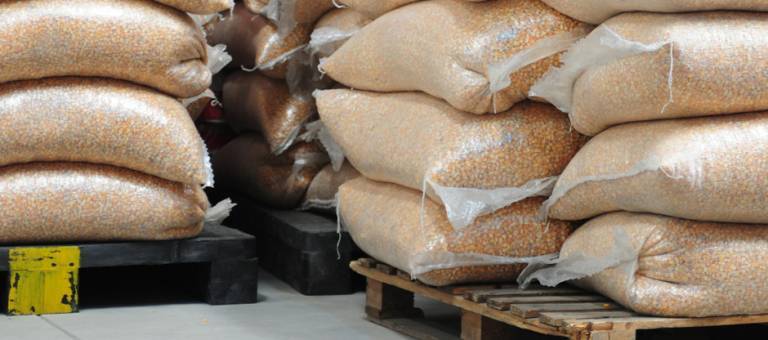
December 02, 2013
Don’t Give Cattle Feeds to Horses!
Cattle feeds may contain ionophores, another ingredient that is dangerous for horses.

November 25, 2013
How Much Water Will Your Horse Drink?
A study reported in the University of Minnesota Horse Newsletter was designed to evaluate the practice of feeding grain
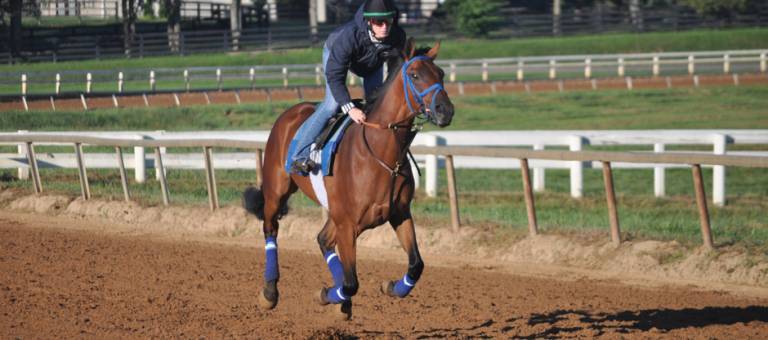
November 22, 2013
Feeding Young Racehorses
The horse’s feeding program must provide plenty of energy for growth, training, and maintenance of body functions and be
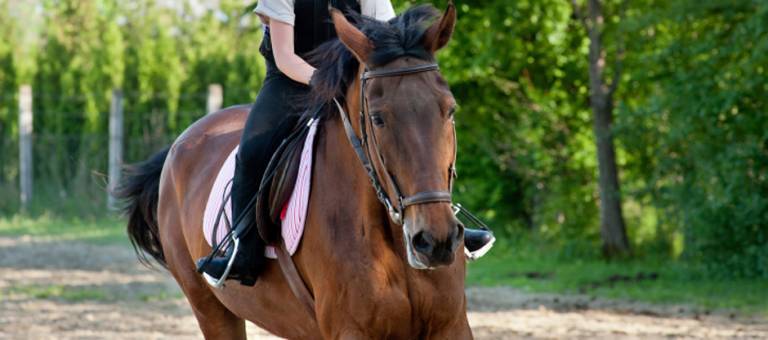
November 15, 2013
Nutritional Support of the Immune System in Horses
Some groups of horses are at increased risk of illness because of challenges to their immune systems. Young horses,

November 08, 2013
Feed Management to Minimize the Risk of Impaction in Horses
A horse that has an intestinal impaction is often less interested in eating. He may seem depressed and show
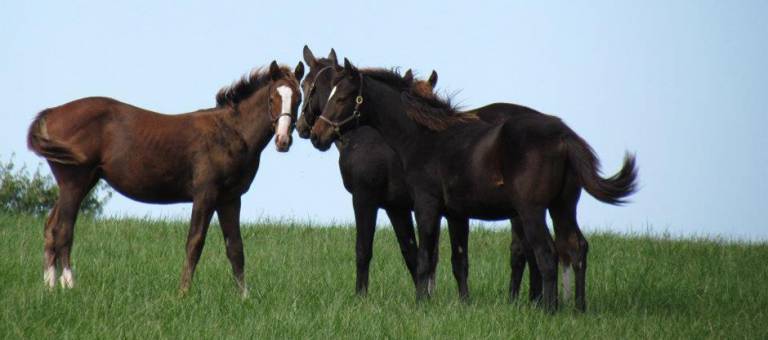
November 04, 2013
Grain Meals and Growth Hormone Production in Weanling Horses
Research has shown that some types of equine skeletal problems can be minimized by managing foals and weanlings to produce smooth,

October 29, 2013
How Are Dietary Starch and Fat Levels Related to Tying-Up in Horses?
To determine the effect of dietary starch, bicarbonate, and fat content on metabolic responses and serum creatine kinase activity
